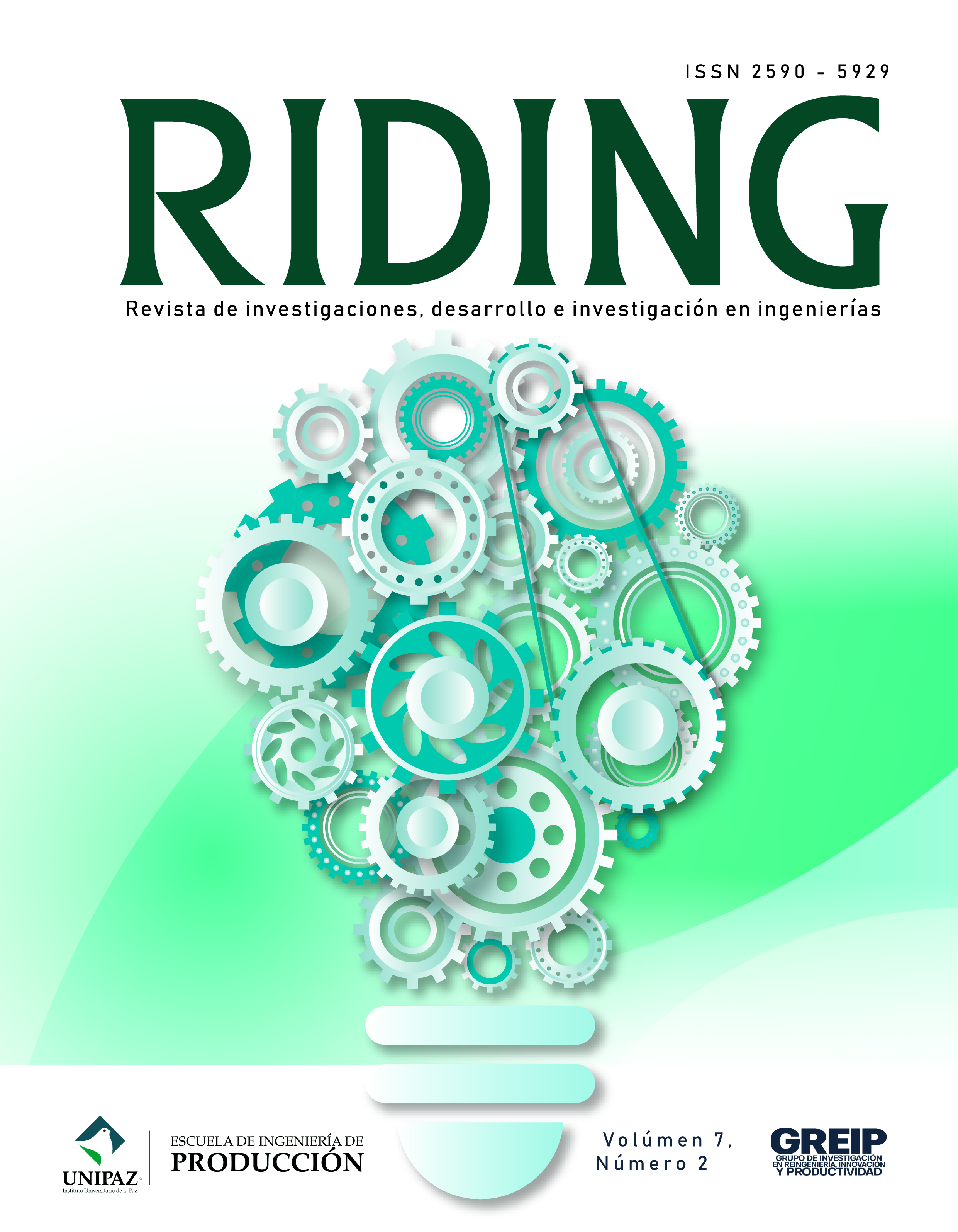Bluetooth-controlled vehicle for monitoring environmental variables in hard-to-reach places
Keywords:
educational robotics, environmental variable, sensor, smartphone, wireless communicationAbstract
Difficult access to disaster areas due to natural or human causes, prevents rescue personnel from organizing their entry to search for people and establish the current state of the infrastructure under review. During the preliminary inspection, people can alert the risk, and it is necessary to use technology to record and send relevant information for decision-making. This development allows the implementation of a robotic vehicle based on the Arduino platform, controlled from a smartphone through Bluetooth communication. In the first instance, DHT11 sensor measures temperature and humidity, and a 6-degree-of-freedom robotic arm moves objects during the path. The results indicate that the prototype reached to monitoring the temperature and humidity of the area, and its weight required the use of a dedicated battery for servomotors of the robotic arm
References
M. Wu, “Robotics Applications in Natural Hazards”, Highlights in Science, Engineering and Technology,2023, doi: 43. 273-279. 10.54097/hset.v43i.7429.
F. I,.S. Hou, C. Bu, & B. Qu, “Rescue Robots for the Urban Earthquake Environment”. Disaster Medicine and Public Health Preparedness, 17, E181, 2023, doi:10.1017/dmp.2022.98
J. Álvarez-Cedillo, T. Sánchez, R. Sandoval, J. Gutiérrez, A. Nava-Vega, “Diseño de un robot rescatista para terremotos en México”. Research in Computing Science. 148. 31-41, 2019, doi: 10.13053/rcs-148-2-2
S. Sharmin, S. I. Salim, K. R. I Sanim, (2019). A Low-Cost Urban Search and Rescue Robot for Developing Countries, 2019 IEEE International Conference on Robotics, Automation, Artificial-intelligence and Internet-of-Things (RAAICON), , 60-64, doi: 10.1109/RAAICON48939.2019.27.
C. Ángel-Díaz, E. Segredo, R. Arnay, C. León. Simulador de robótica educativa para la promoción del pensamiento computacional. RED - Revista de Educación a Distancia. 2020, 20(63), 1-30, doi:10.6018/red.410191
D. Restrepo-Echeverri, J. Branch-Bedoya, J Jiménez-Builes, “Educación 4.0: integración de robótica educativa y dispositivos móviles inteligentes como estrategia didáctica para la formación de ingenieros en STEM”, DYNA, 89(222), pp. 124-135, special engineering education, 2022
G. Pérez Acosta, M Mendoza-Moreno. “Robótica Educativa: Propuesta Curricular Para Colombia.” Educación y Educadores, 23, no. 4, 2020, 577–95. doi:10.5294/edu.2020.23.4.2.
Escuela de Ingeniería de Producción. “Proyecto Educativo del Programa Ingeniería de Producción”, Instituto Universitario de la Paz, 2023
Published
Issue
Section
License

Este obra está bajo una licencia de Creative Commons Reconocimiento-NoComercial-CompartirIgual 3.0 Unported.


